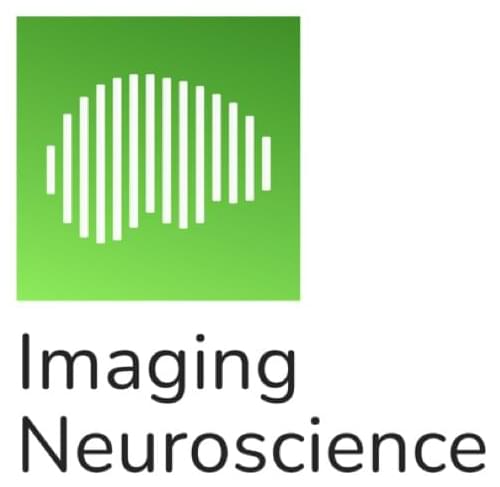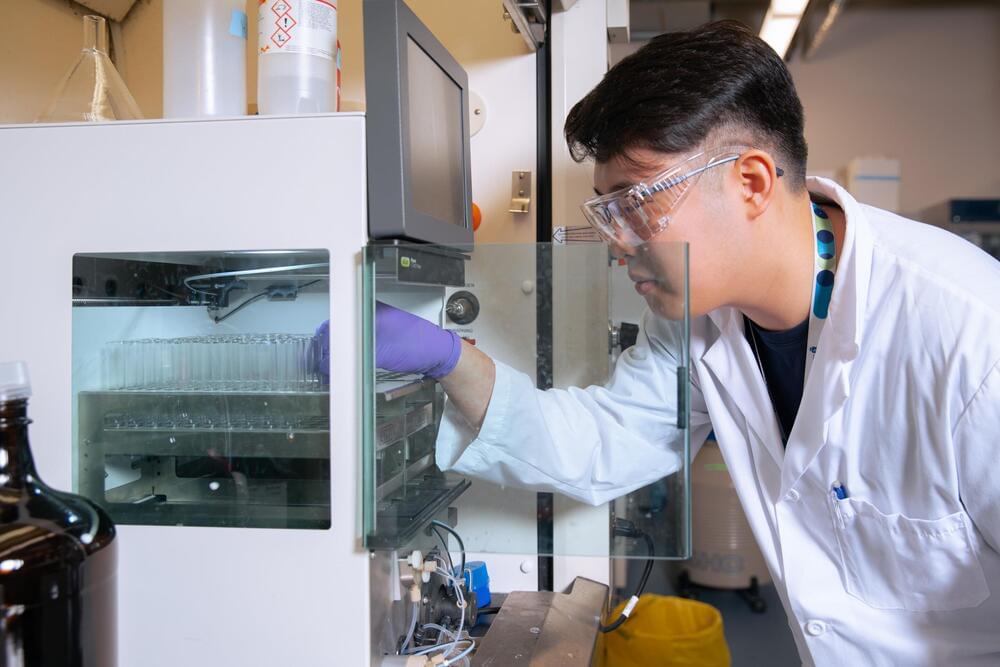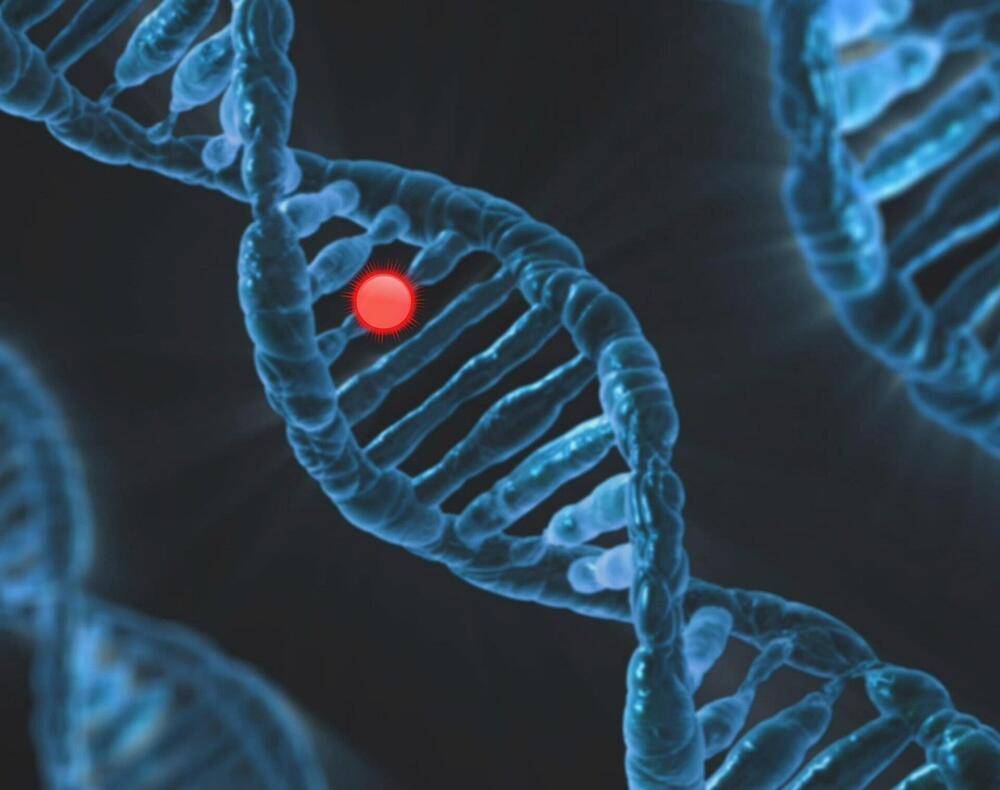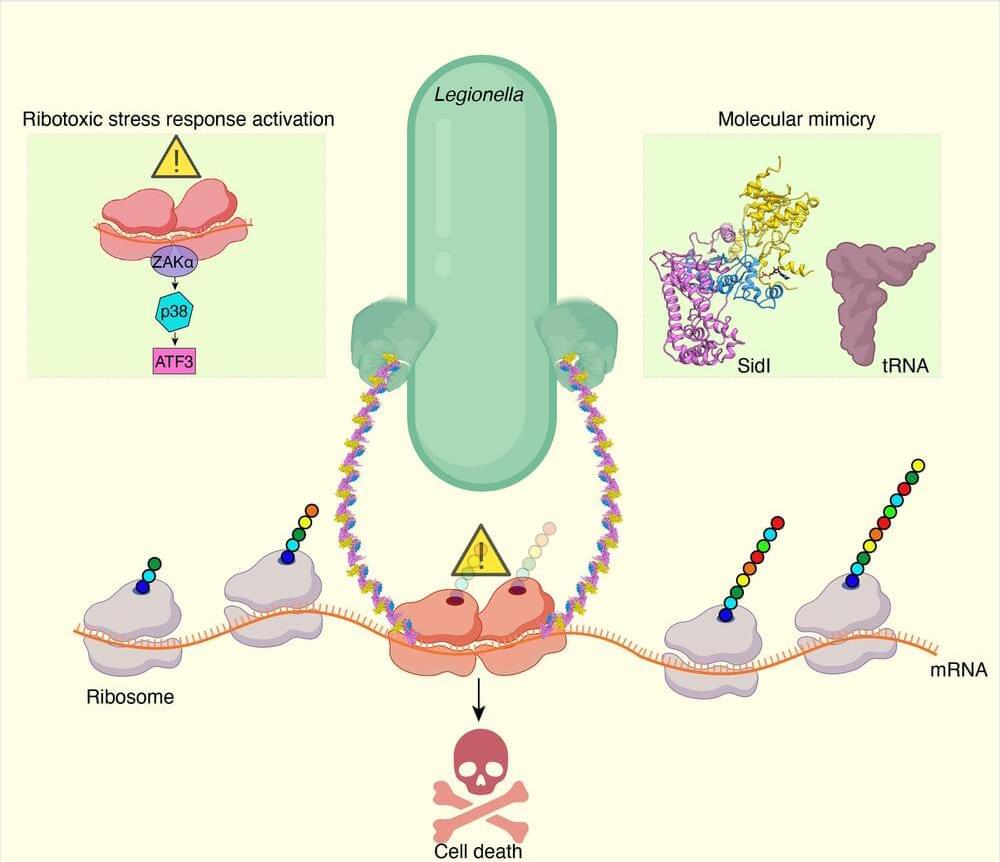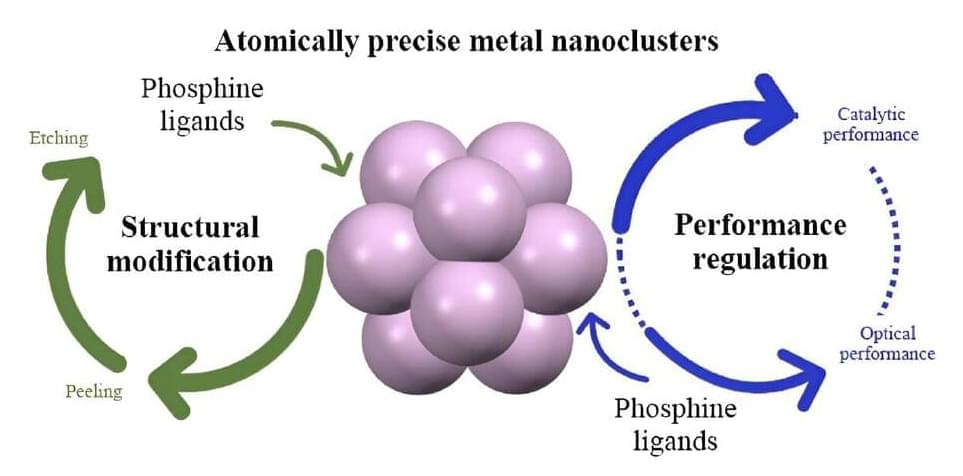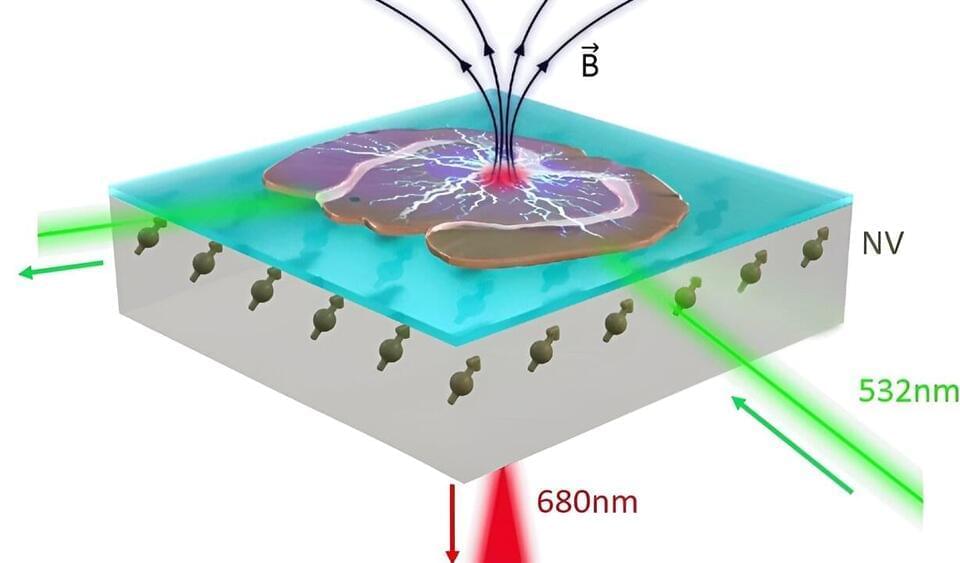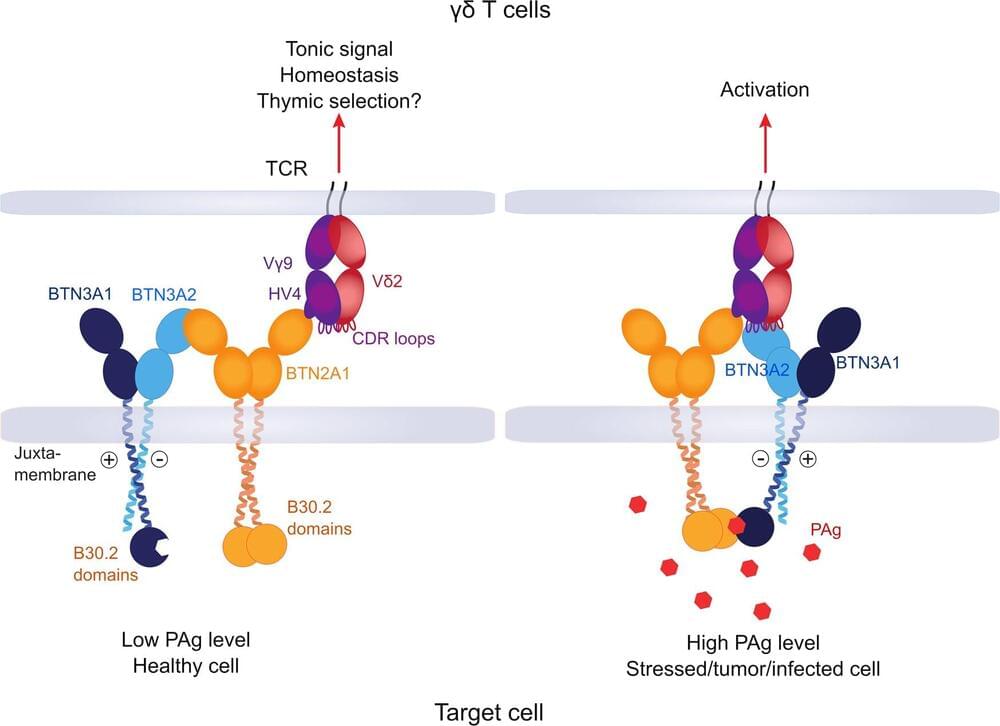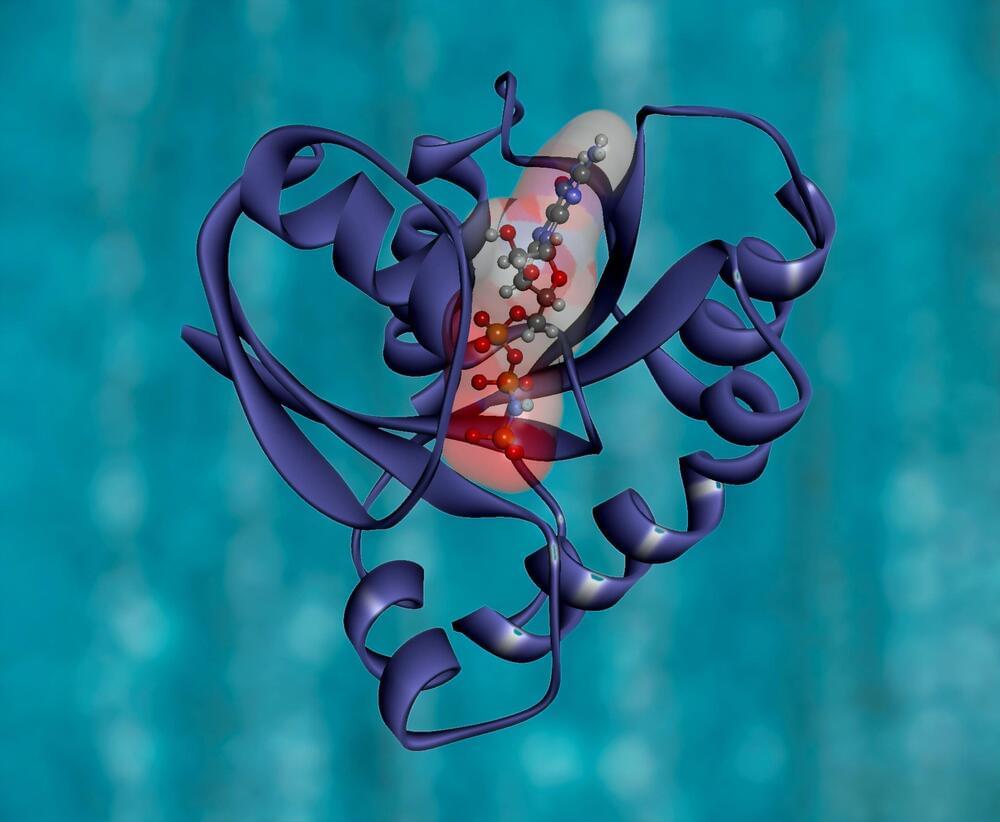Dec 9, 2023
Evaluating functional brain organization in individuals and identifying contributions to network overlap
Posted by Cecile G. Tamura in categories: biotech/medical, neuroscience
Abstract. Individual differences in the spatial organization of resting-state networks have received increased attention in recent years. Measures of individual-specific spatial organization of brain networks and overlapping network organization have been linked to important behavioral and clinical traits and are therefore potential biomarker targets for personalized psychiatry approaches. To better understand individual-specific spatial brain organization, this paper addressed three key goals. First, we determined whether it is possible to reliably estimate weighted (non-binarized) resting-state network maps using data from only a single individual, while also maintaining maximum spatial correspondence across individuals. Second, we determined the degree of spatial overlap between distinct networks, using test-retest and twin data.
